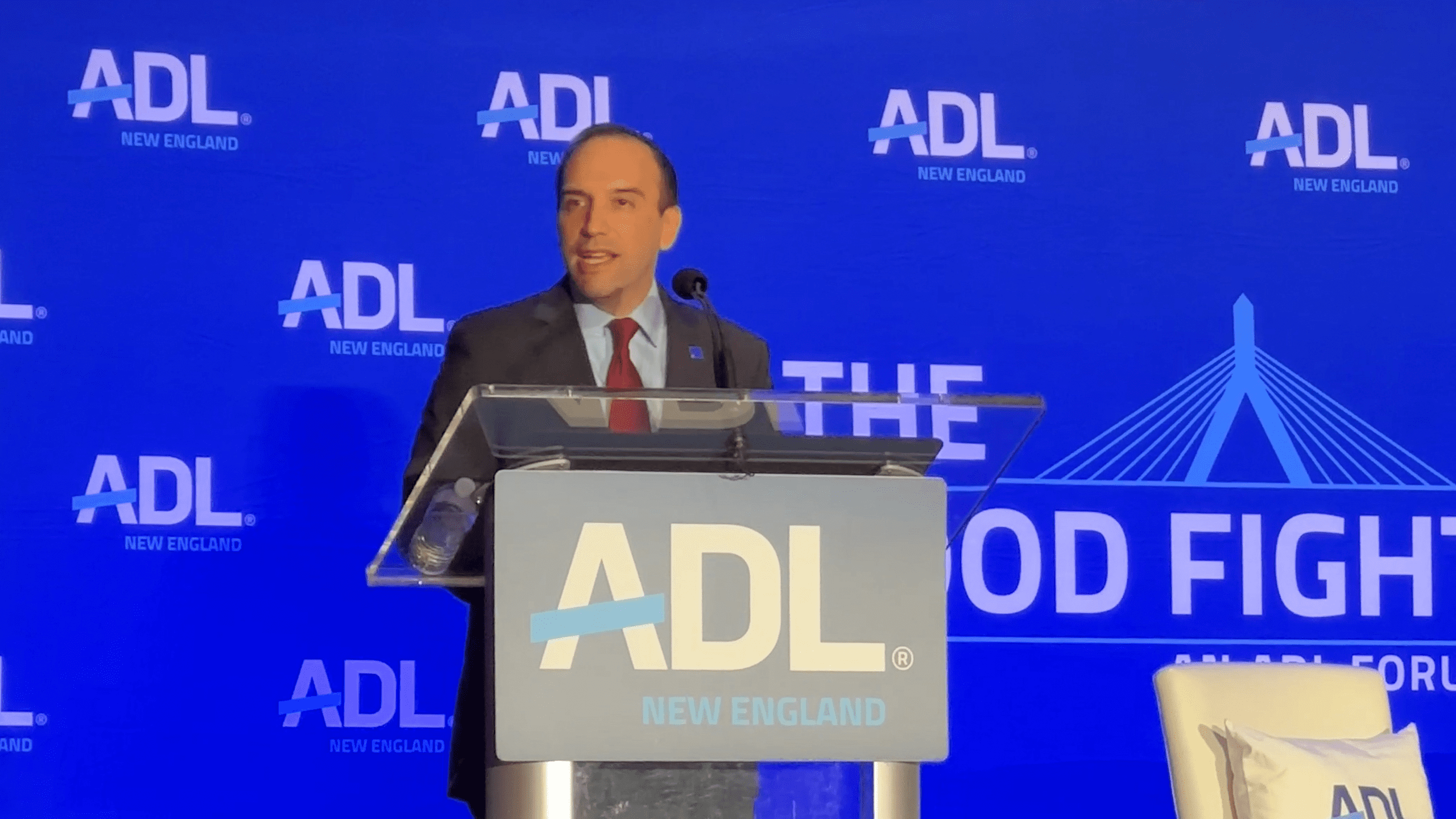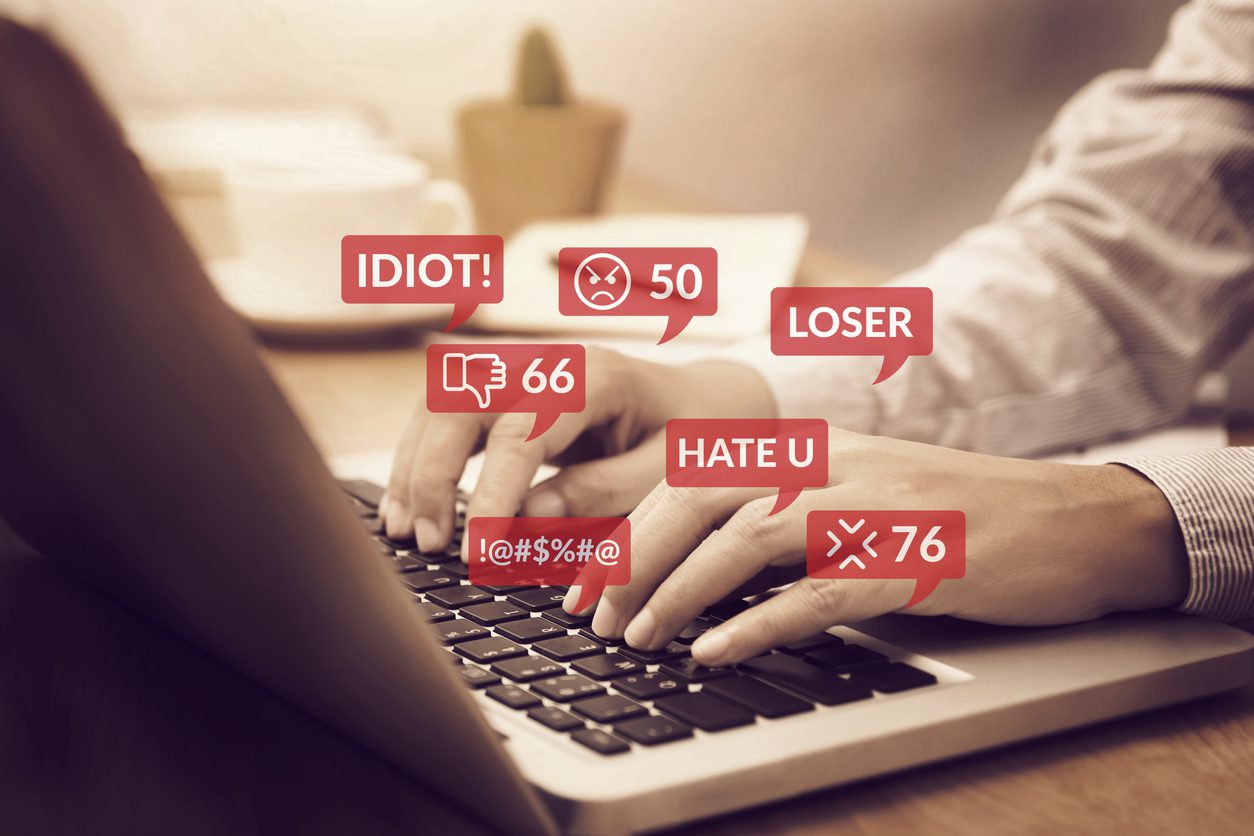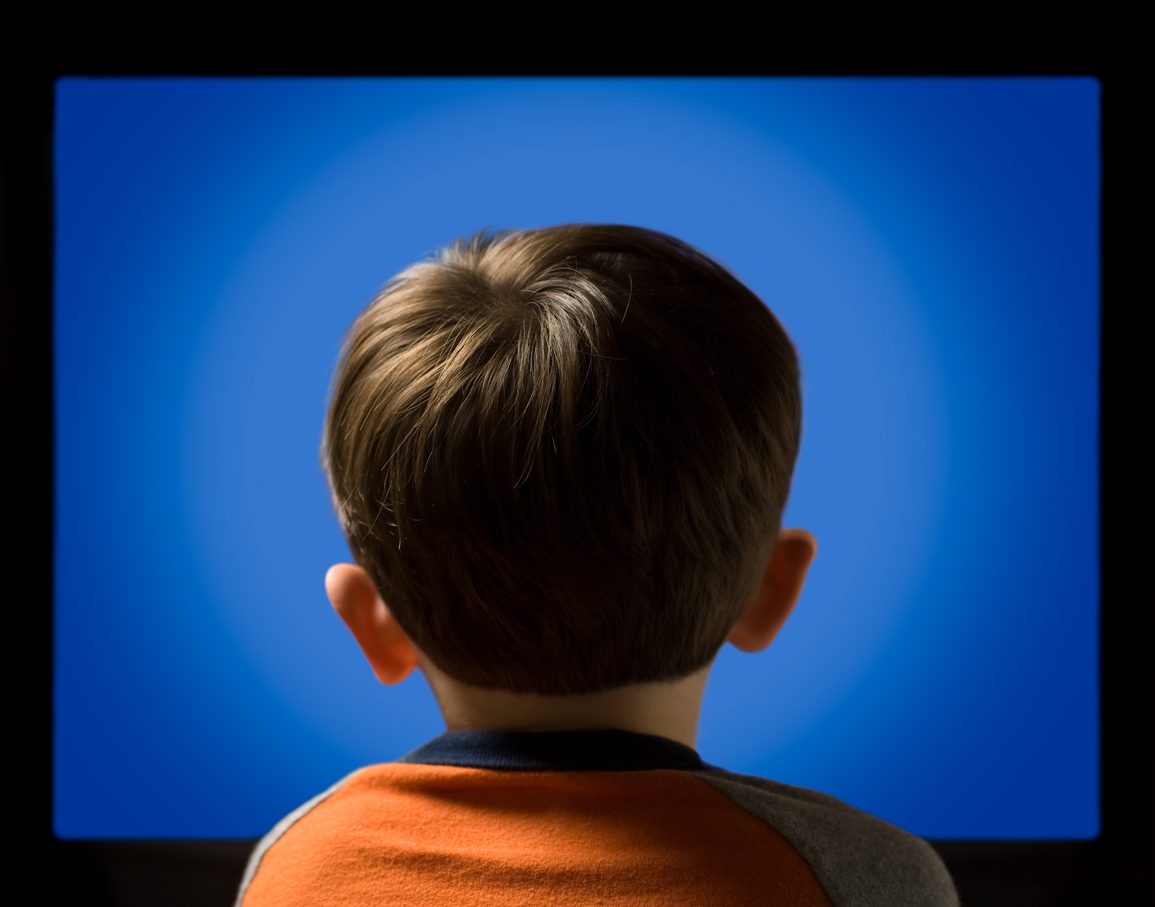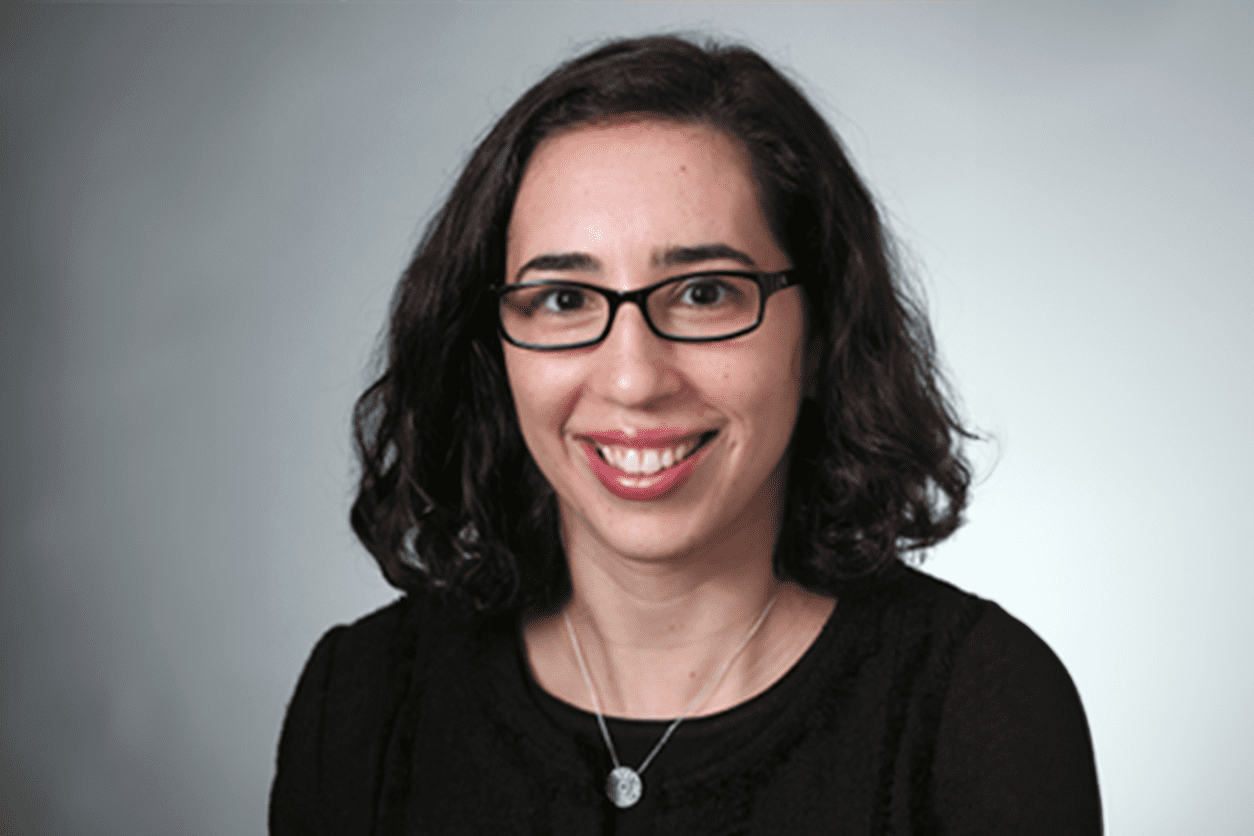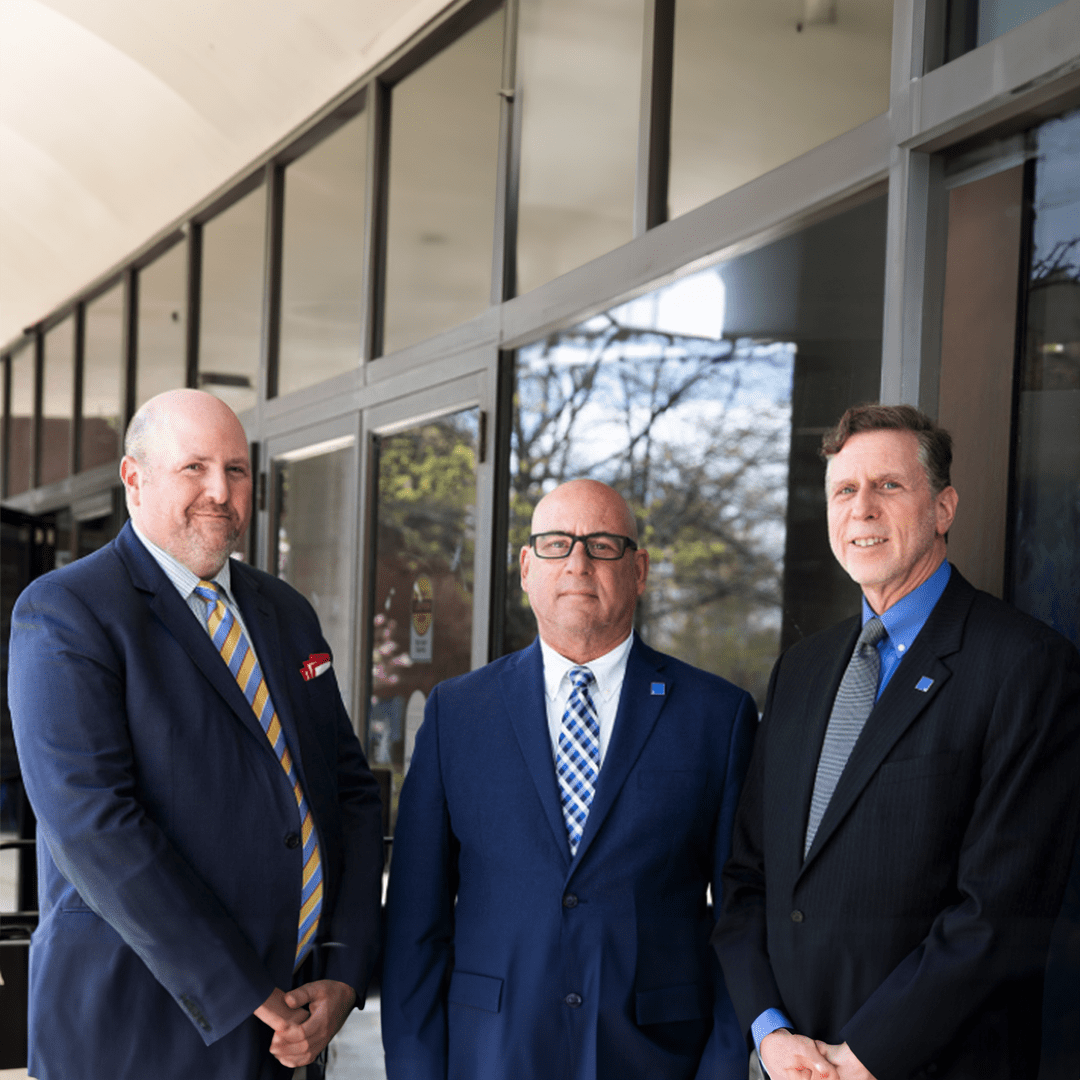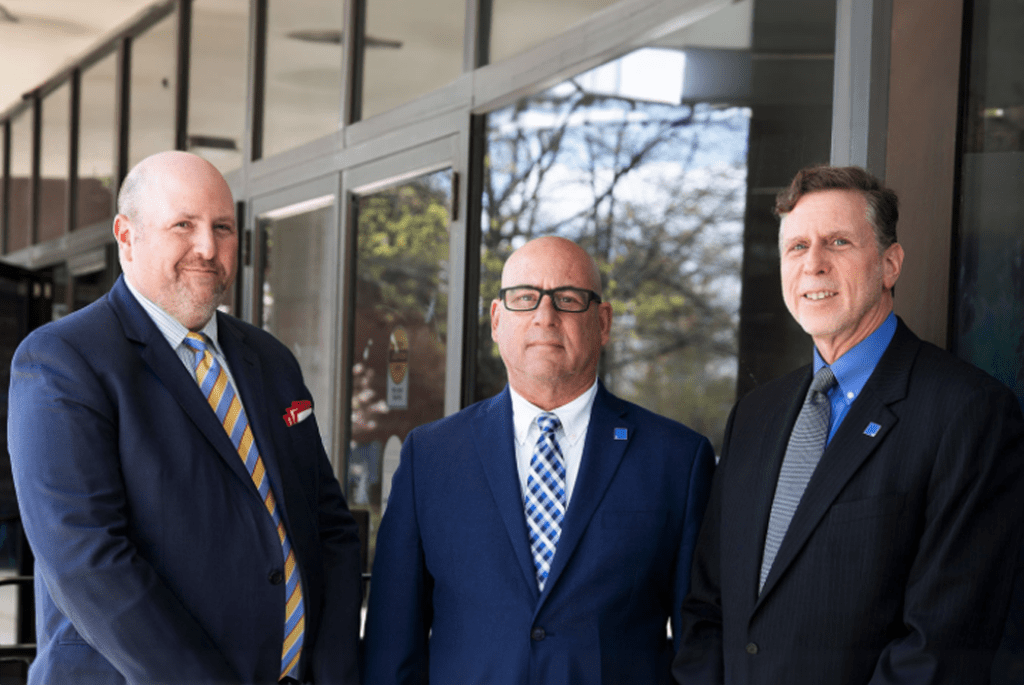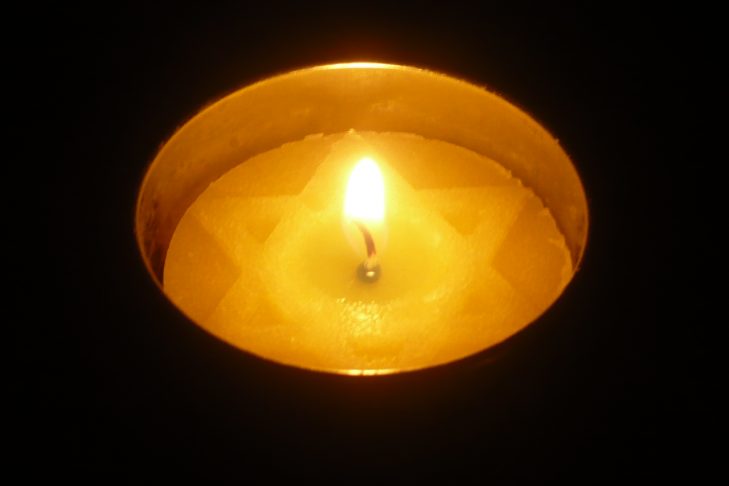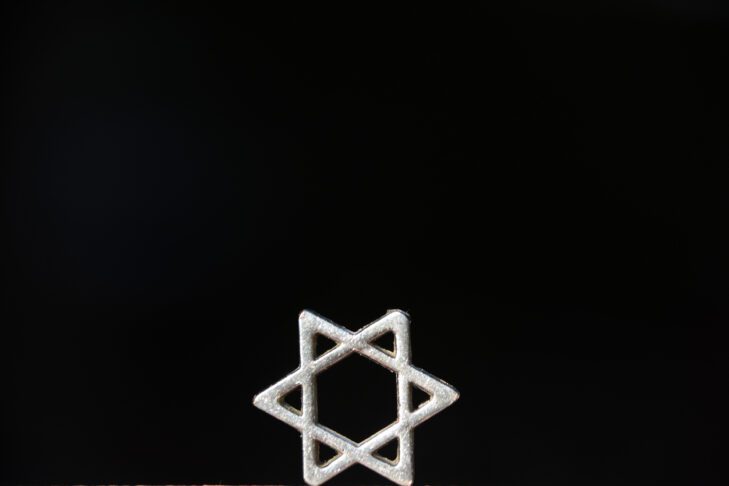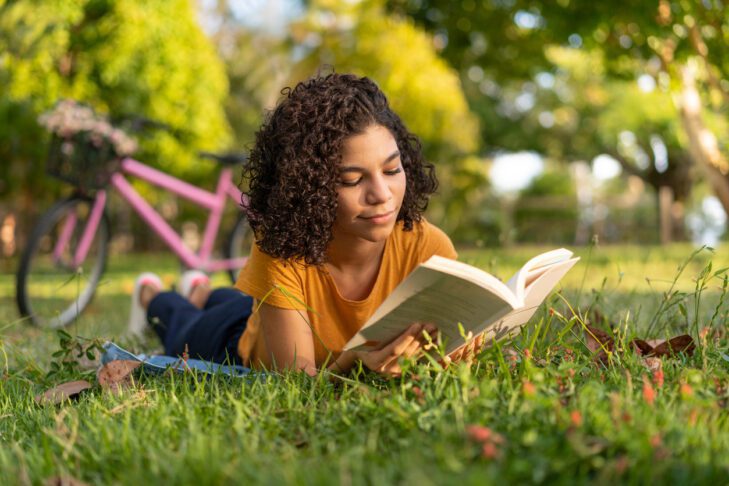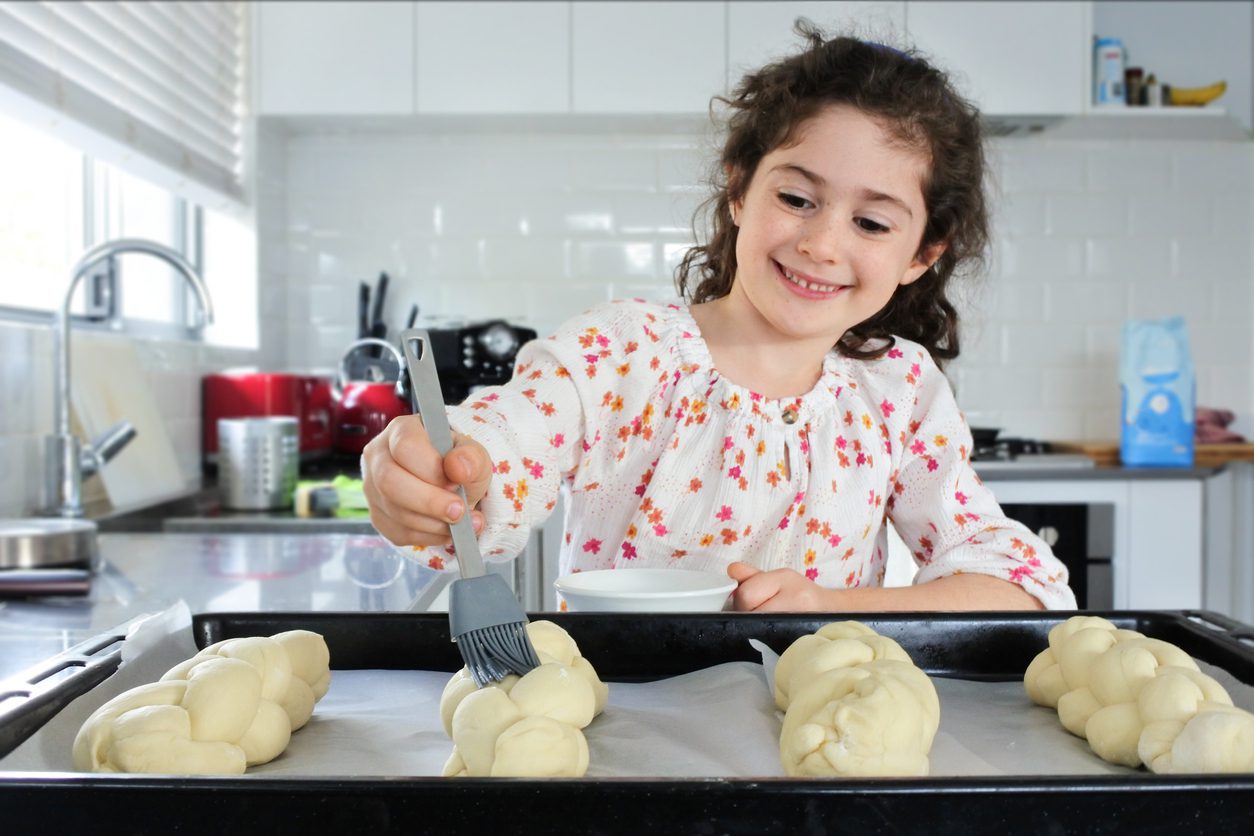Rabbi Marc Baker, president & CEO of CJP, shared his opening remarks at ADL New England’s The Good Fight Forum on Oct. 10, 2023, a community event dedicated to combating antisemitism and hate.
Dear Friends,
As we’ve already heard, we are here this morning at an unprecedented time in this history of the State of Israel and the history of the Jewish People.
Several years ago, this gathering, this Good Fight, was created as a response to the most horrific and deadly antisemitic attack we had ever experienced here in America – the Tree of Life shooting. It devastated the Pittsburgh community, touched many people here in our own community, and in many ways changed Jewish life in America as we now know it. Let us keep the Tree of Life victims in our hearts and minds today and always.
We are here because the hatred that has plagued the Jewish community and the world for thousands of years is not only alive and well, but still growing here in America and right here in our own community – in schools, on college campuses, from the egregious displays of white supremacists blaming 9/11 on the Jews to casual workplace conversations and the social media of pop stars and professional athletes.
This morning, we are here one day after thousands of us gathered on Boston Common to stand in solidarity with Israel and to raise our voices – together with friends, allies, elected officials and other local leaders. We gathered to express our love, solidarity, grief, anger, and moral outrage at the horrific and heinous acts of terror that have taken over 900 innocent Israeli lives. The Good Fight taking place right now in Israel is a war to protect the innocent lives of our Jewish family thousands of miles away and to protect the future of the Jewish homeland.
And this is not just far away – it is already touching nearly every one of us in some way or another, whether one of the tens of thousands of Israelis living here in Greater Boston or American Jews who have friends and family living in Israel and defending the Jewish State. My personal friends and family had to go directly from yesterday’s rally to the home of dear friends to escort them the airport after they learned that their son-in-law – a young man with a tremendous spirit, love of Israel, and bright future ahead of him – was killed in battle.
My friends, in the past few days we have witnessed the largest, most gruesome massacre of Jews that I have seen in my lifetime and that we have seen since the Holocaust. We are here today to fight for our own safety and well-being and for the future of our community and this country; Israelis are in a fight for their lives; and we are living through the darkest moment of hatred and violence against Jews that many of us have ever known.
Add to this the vile and incomprehensible response that we have seen in the streets of Cambridge and on college campuses – a defense of terror and violence rooted in ignorance and extremist, antisemitic ideologies that demonize Israel and dehumanize Israelis, and that, in fact, threaten the safety, security and well-being of Jews, especially, but not exclusively, our young people.
We are here today to better understand these challenges and what we can do about them, again with gratitude to the partners and leaders from across our community who are doing this work everyday in so many different ways.
Put simply, we have work to do. We have work to do to educate, advocate, and mobilize our communities, along with friends and allies, to fight against all forms of antisemitism, especially right now against Israel-hatred, along with all other forms of bigotry and hate; to fight against forces of extremism, conspiracy theories and other forms of disinformation and demonization; and to ensure that every person can walk down the street and through the world with head held high with a sense of safety, security, confidence in their personal identity and belonging in the larger society of which we are a part.
We have work to do to create communities and a world where everyone – of every religion, race, gender, sexual orientation – feels free, safe, accepted, and valued.
We have work to do, which is why I’m so proud that over the past year CJP has partnered with ADL and so many other organizations to launch our 5-Point Plan to combat antisemitism and anti-Zionism. We will not likely eliminate a 3,000-year-old hatred in our lifetimes, but we will certainly be stronger and fight against it more effectively when we fight it together.
Together, we are educating and mobilizing our community. Together, we are putting faces and stories to the personal experiences of Jew-hatred through our Face Jewish Hate media campaign, and we are partnering with the Foundation to Combat Antisemitism’s national blue square campaign so more people who share our values will #StandUpToJewishHate.
Together, we are expanding community security to ensure that we and our children will be safe and secure as we choose to live engaged, vibrant, joyous Jewish lives in our schools and synagogues and community centers.
Together, we are deepening relationships with allies and leaders from across civic Boston because this is not a Good Fight that we will win alone, and as my friend, JCRC CEO Jeremy Burton, always reminds us, antisemitism, like other forms of hate, is not a problem for the Jewish community to solve on our own.
It was heartening, comforting, even inspiring to launch our Face Jewish Hate campaign at TD Garden side by side with important and influential political and faith leaders; just as it was heartening yesterday to hear the unequivocal support for Israel and condemnation of terror from so many of our friends, allies and elected officials. That only happens because of the work ADL, JCRC, so many of the partners here today, do to deepen these relationships, to stand with and show up for other vulnerable communities, to fight for democracy, human dignity, and for the character of our commonwealth and our country. I feel grateful and hopeful that we are in this fight, this Good Fight, with friends and allies who will stand with us, and that we are in this with one another, together.
Thank you.
